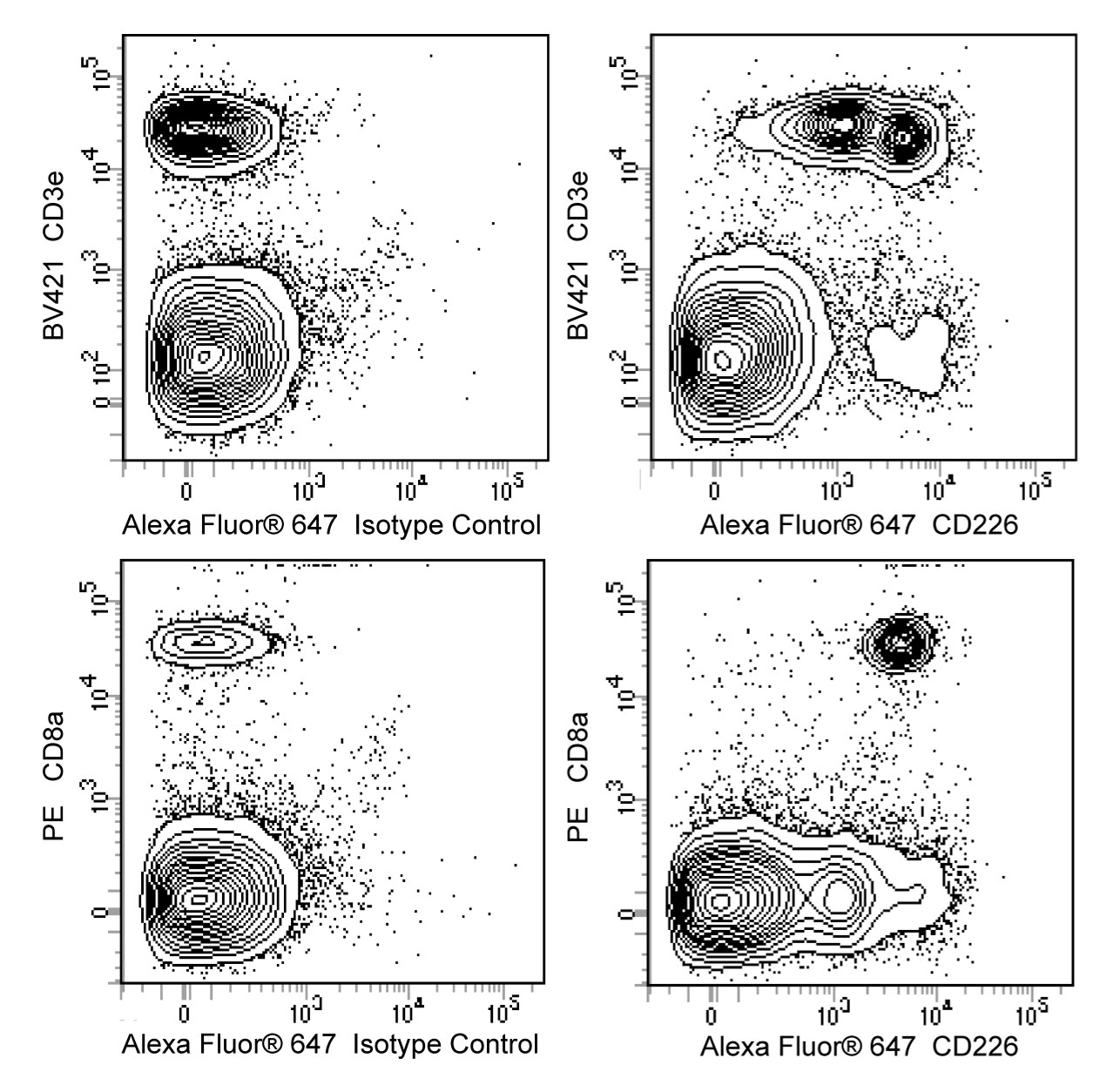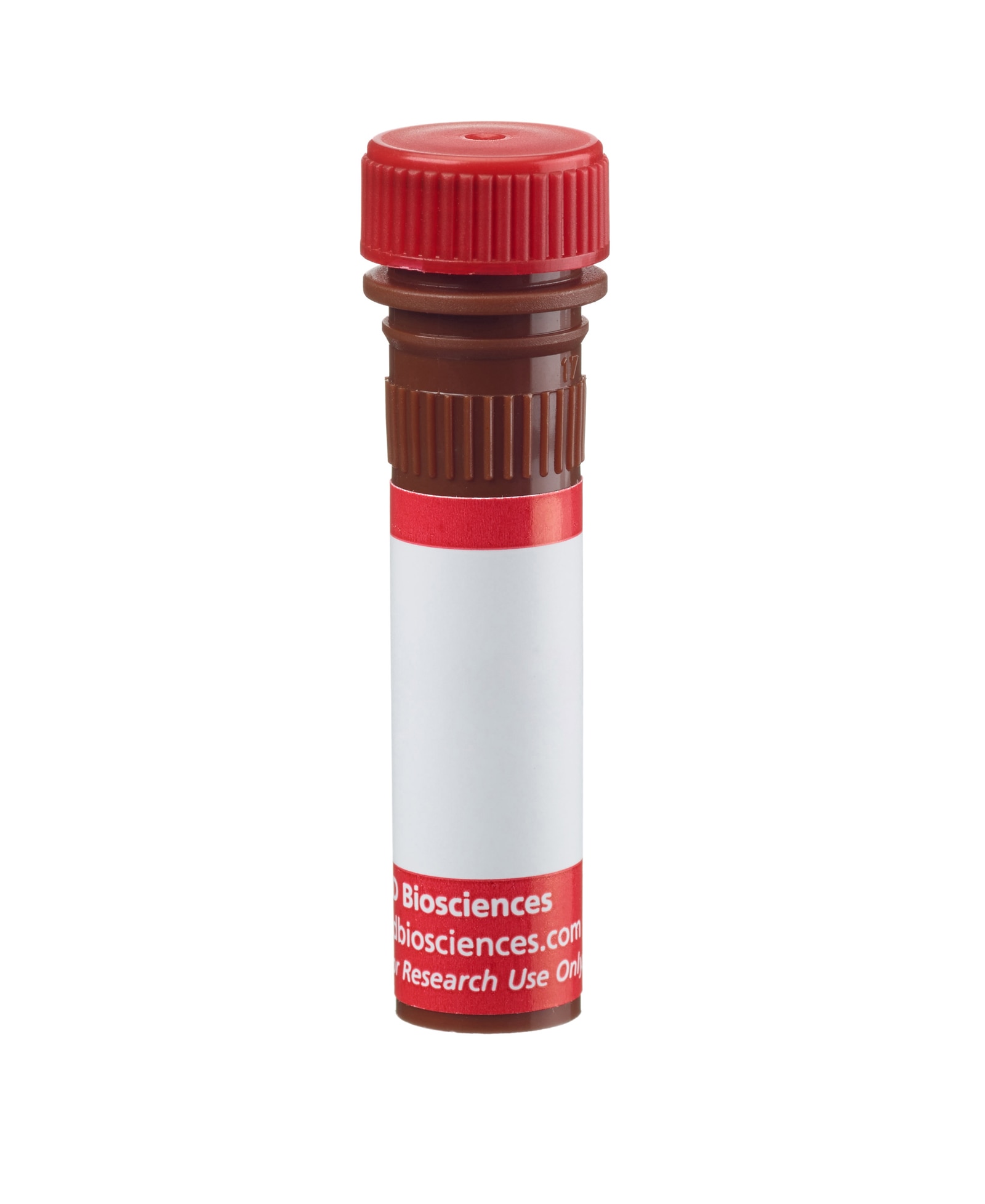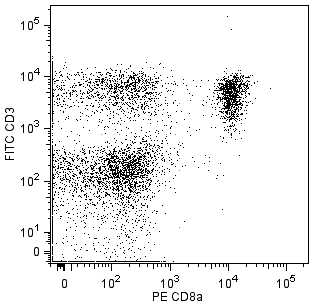-
Reagents
- Flow Cytometry Reagents
-
Western Blotting and Molecular Reagents
- Immunoassay Reagents
-
Single-Cell Multiomics Reagents
- BD® AbSeq Assay
- BD Rhapsody™ Accessory Kits
- BD® Single-Cell Multiplexing Kit
- BD Rhapsody™ Targeted mRNA Kits
- BD Rhapsody™ Whole Transcriptome Analysis (WTA) Amplification Kit
- BD Rhapsody™ TCR/BCR Profiling Assays for Human and Mouse
- BD® OMICS-Guard Sample Preservation Buffer
- BD Rhapsody™ ATAC-Seq Assays
-
Functional Assays
-
Microscopy and Imaging Reagents
-
Cell Preparation and Separation Reagents
-
Training
- Flow Cytometry Basic Training
-
Product-Based Training
- BD FACSDiscover™ S8 Cell Sorter Product Training
- Accuri C6 Plus Product-Based Training
- FACSAria Product Based Training
- FACSCanto Product-Based Training
- FACSLyric Product-Based Training
- FACSMelody Product-Based Training
- FACSymphony Product-Based Training
- HTS Product-Based Training
- LSRFortessa Product-Based Training
- Advanced Training
-
- BD® AbSeq Assay
- BD Rhapsody™ Accessory Kits
- BD® Single-Cell Multiplexing Kit
- BD Rhapsody™ Targeted mRNA Kits
- BD Rhapsody™ Whole Transcriptome Analysis (WTA) Amplification Kit
- BD Rhapsody™ TCR/BCR Profiling Assays for Human and Mouse
- BD® OMICS-Guard Sample Preservation Buffer
- BD Rhapsody™ ATAC-Seq Assays
-
- BD FACSDiscover™ S8 Cell Sorter Product Training
- Accuri C6 Plus Product-Based Training
- FACSAria Product Based Training
- FACSCanto Product-Based Training
- FACSLyric Product-Based Training
- FACSMelody Product-Based Training
- FACSymphony Product-Based Training
- HTS Product-Based Training
- LSRFortessa Product-Based Training
- United States (English)
-
Change country/language
Old Browser
This page has been recently translated and is available in French now.
Looks like you're visiting us from {countryName}.
Would you like to stay on the current country site or be switched to your country?




Multicolor flow cytometric analysis of CD226 expression on mouse splenocytes. BALB/c mouse splenic leucocytes were stained with BD Horizon™ BV421 Hamster Anti-Mouse CD3e (Cat. No. 562600; Top Panels) and PE Rat Anti-Mouse CD8a (Cat. No. 553033/553032/561095) antibodies, and either Alexa Fluor® 647 Rat IgG2b κ Isotype Control (Cat. No. 557691; Left Panels) or Alexa Fluor® 647 Rat Anti-mouse CD226 antibody (Cat. No. 565549; Right Panels). Two-color flow cytometric contour plots showing the correlated expression of CD226 (or Ig Isotype control staining) versus CD3e or CD8a were derived from gated events with the forward and side light-scattering characteristics of viable splenic leucocytes. Flow cytometric analysis was performed using a BD FACSCanto™ II Flow Cytometer System.


BD Pharmingen™ Alexa Fluor® 647 Rat Anti-Mouse CD226

Regulatory Status Legend
Any use of products other than the permitted use without the express written authorization of Becton, Dickinson and Company is strictly prohibited.
Preparation And Storage
Product Notices
- Since applications vary, each investigator should titrate the reagent to obtain optimal results.
- Please refer to www.bdbiosciences.com/us/s/resources for technical protocols.
- The Alexa Fluor®, Pacific Blue™, and Cascade Blue® dye antibody conjugates in this product are sold under license from Molecular Probes, Inc. for research use only, excluding use in combination with microarrays, or as analyte specific reagents. The Alexa Fluor® dyes (except for Alexa Fluor® 430), Pacific Blue™ dye, and Cascade Blue® dye are covered by pending and issued patents.
- Alexa Fluor® 647 fluorochrome emission is collected at the same instrument settings as for allophycocyanin (APC).
- Alexa Fluor® is a registered trademark of Molecular Probes, Inc., Eugene, OR.
- Caution: Sodium azide yields highly toxic hydrazoic acid under acidic conditions. Dilute azide compounds in running water before discarding to avoid accumulation of potentially explosive deposits in plumbing.
- For fluorochrome spectra and suitable instrument settings, please refer to our Multicolor Flow Cytometry web page at www.bdbiosciences.com/colors.
- An isotype control should be used at the same concentration as the antibody of interest.
Companion Products






The 10E5 monoclonal antibody specifically binds to CD226 which is also known as, Platelet and T-cell activation antigen 1 (Pta1), T lineage-specific activation antigen 1 (TLiSA1), or DNAX accessory molecule-1 (DNAM-1). CD226 is a type I transmembrane glycoprotein that belongs to the immunoglobulin superfamily. CD226 serves as an adhesion molecule that is primarily expressed on T lymphocytes. Naïve CD8+ T cells express high levels of CD226 whereas it is differentially expressed on CD4+ T cells. In certain model systems, long term-cloned Th1 cells can express high CD226 levels when compared with the downregulated CD226 expression exhibited on cloned Th2 and Th0 cells. CD226 expression is also detectable on subsets of CD11b+ macrophages and NK cells. Adhesive interactions between CD226 and its ligands, CD112 and CD155, can result in cell signaling events that promote innate and adaptive immune responses, including the differentiation and survival of cytotoxic cells.
Development References (4)
-
Dardalhon V, Schubart AS, Reddy J, et al. CD226 is specifically expressed on the surface of Th1 cells and regulates their expansion and effector functions. Immunology. 2005; 175(3):1558-1565. (Immunogen: Flow cytometry, Inhibition, In vivo exacerbation). View Reference
-
Seth S, Georgoudaki AM, Chambers BJ et al. Heterogeneous expression of the adhesion receptor CD226 on murine NK and T cells and its function in NK-mediated killing of immature dendritic cells. J Leukoc Biol. 2009; 86(1):91-101. (Biology). View Reference
-
Tahara-Hanaoka S, Shibuya K, Kai H, et al. Blood. 2006; 107(4):491-496. (Biology). View Reference
-
Tahara-Hanaoka S, Shibuya K, Onoda Y et al. Functional characterization of DNAM-1 (CD226) interaction with its ligands PVR (CD155) and nectin-2 (PRR-2/CD112). Int Immunol. 2006; 16(4):533-538. (Biology). View Reference
Please refer to Support Documents for Quality Certificates
Global - Refer to manufacturer's instructions for use and related User Manuals and Technical data sheets before using this products as described
Comparisons, where applicable, are made against older BD Technology, manual methods or are general performance claims. Comparisons are not made against non-BD technologies, unless otherwise noted.
For Research Use Only. Not for use in diagnostic or therapeutic procedures.
Report a Site Issue
This form is intended to help us improve our website experience. For other support, please visit our Contact Us page.